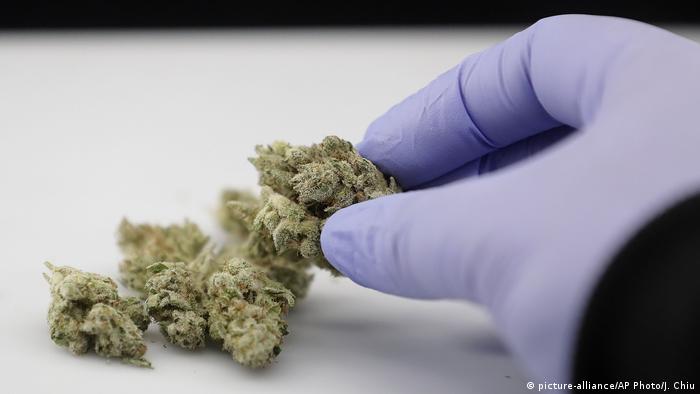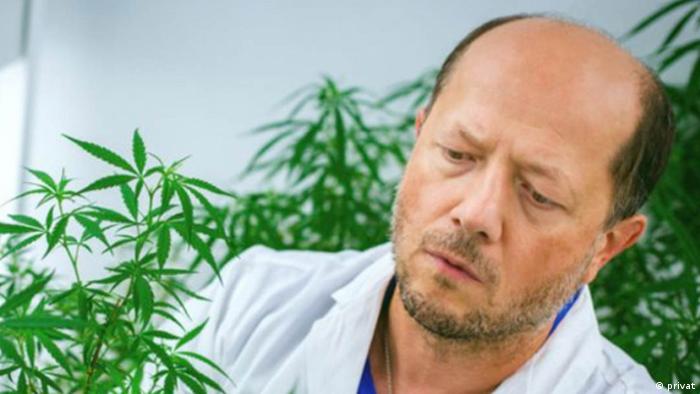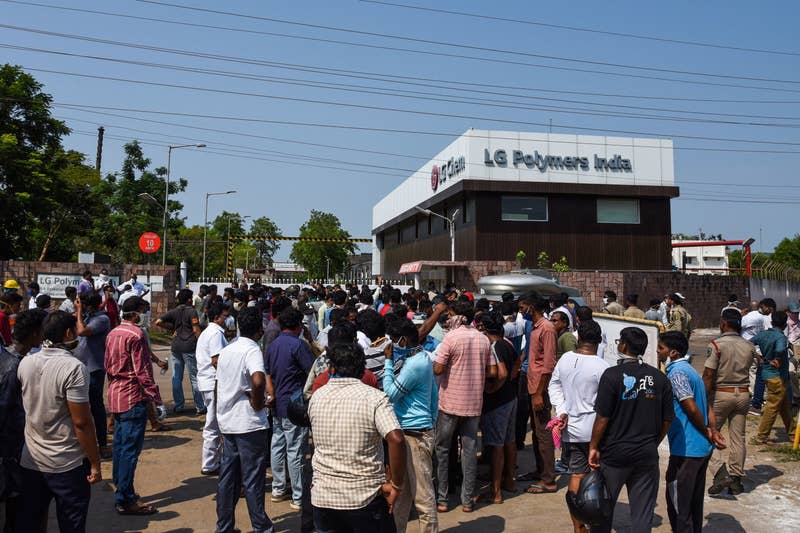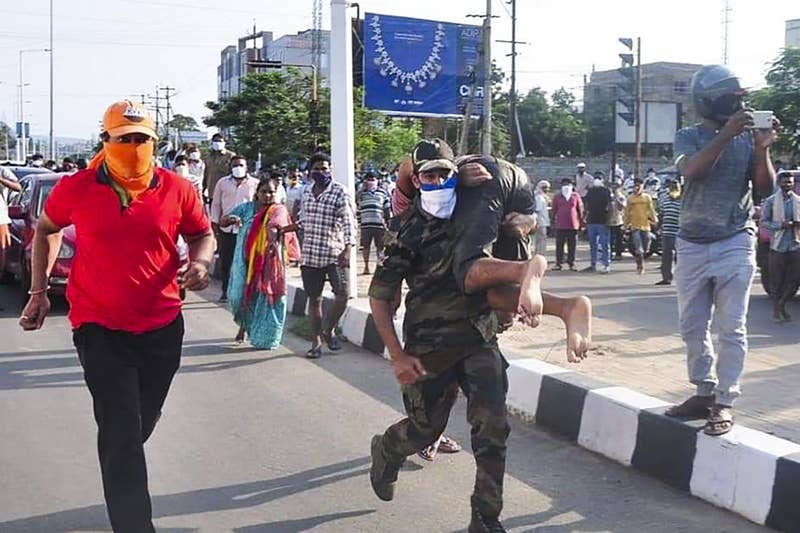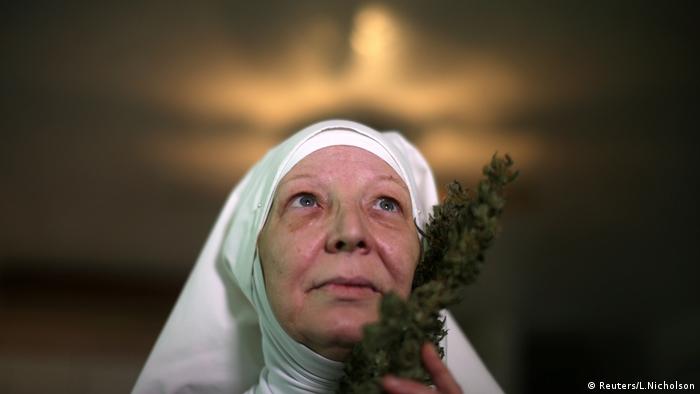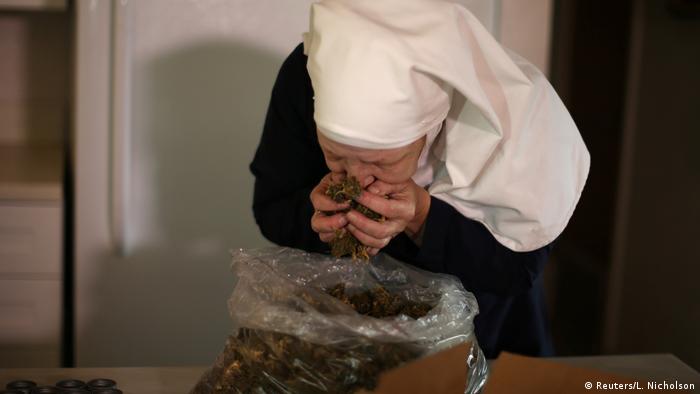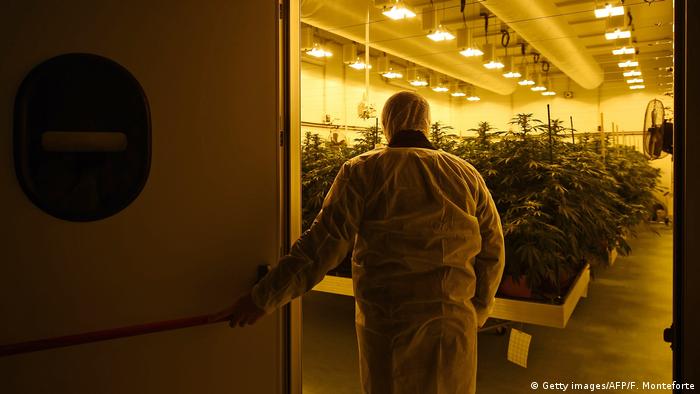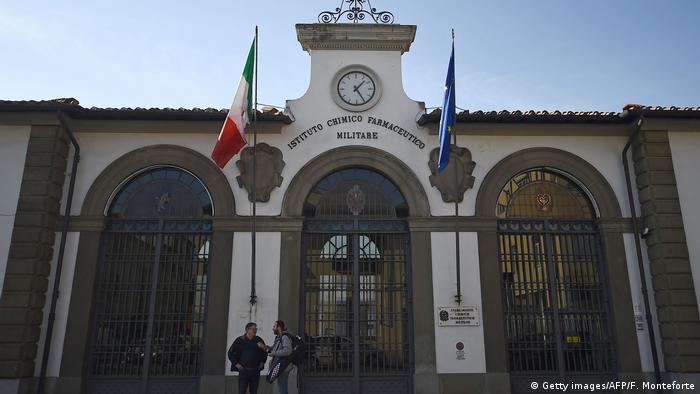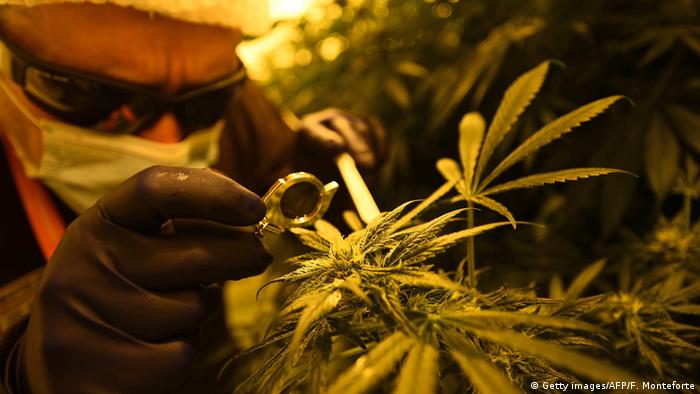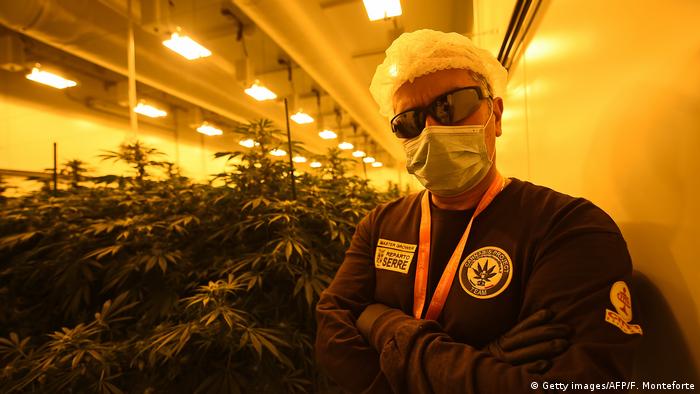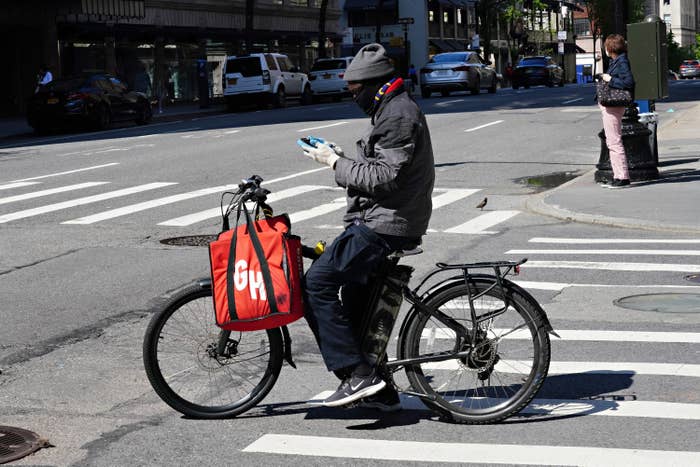Fish Griwkowsky POSTMEDIA 5/7/2020


Ahsoka Tano considers a bleak future — we'll see her again on The Mandalorian.
DISNEY+ / supplied
Let’s just say we’d like to avoid any Lethbridge entanglements …
Like every week under COVID-19, it was a tense one here on outpost Alberta as that special cocktail of libertarian freedom riders and finger-wagging snitches has now boiled and brewed in the heat together for a week.
I was actually here to talk about the spectacular end of George Lucas’ Star Wars as we knew it for 43 years, as Disney+ unleashed the finale episode of The Clone Wars and The Rise of Skywalker on Monday. And we’ll get there eventually, promise.
But what happened that same afternoon in southern Alberta deserves to be underlined and remembered.
Apparently jealous of someone outperforming them in a representation of uniformed authoritarianism — with firearms including a shotgun pulled — Lethbridge police handcuffed, humiliated and even slightly injured a 19-year-old restaurant staff member dressed as an Imperial Stormtrooper, working in a parking lot for a May the Fourth, Star Wars day promotion.

It’s a story becoming increasingly international as NBC has picked it up, while Canadian Star Trek legend William Shatner sent “my contempt” to the police force and chief on Twitter: “Rifles drawn for a plastic toy Cosplayer? Didn’t comply right away?” Shatner chided, crossing franchise lines in support. “Are you blind Chief? Watch the video to see how quickly she complied.
“This cannot be covered up.”
Shatner has famously dressed as a stormtrooper, including to move through sci-fi conventions incognito.
In the spirit of the de-escalation one would hope any respectable police officer is trained in, I’m going to note how being a cop is clearly a tough gig — imagine a job where almost every person lies to you to cover their ass? And the LPS was quite correct to respond to those two, let’s admit somewhat bewildered complaints of a person standing in a parking lot holding a weapon.

But besides there being zero violence or mayhem of any sort, the second the armoured troopers arrived on the scene of a universally recognizable Star Wars character standing in front of a bar called Coco Vanilla Galactic Cantina should have been a moment your average five-year-old could tease out, threat-wise. And when she dropped her plastic gun and raised her hands, well, to quote Aliens, game over, man.
Instead, weapons drawn, the cops handcuffed and even hurt the sobbing teenager, ignoring people around them literally explaining what a plastic toy is. Unfortunately not atypically, one of the officers then threatened to arrest the kid filming the debacle — then rather pathetically pulled his truck in front to block the view.
It’s pretty obvious who’s leaning into scum and villainy here. It’s also an embarrassment in a province lately repeatedly broadcasting how people in power have their own set of rules that apply to us, but not them.
In a big way beyond some “internal investigation,” the LPS owes it to the 19-year-old who did nothing wrong and the trust of Lethbridge’s citizens to make this really right — while also demonstrating that their well-armed public servants and protectors can pass such an elementary comprehension puzzle as happened Monday without threatening lethal force, and, because of their escalating incompetence, the arrest of bystanders.
Following the incident as a sort of punchline, someone in a Darth Vader costume stood outside the restaurant holding a sign reading, “Missing trooper, plz help! :(“
It’s a great callback, and demonstrates the enduring power of one Force over another … from a certain point of view.

Darth Vader stands outside Coco Vanilla Galactic Cantina in Lethbridge after local police handcuffed and arrest a teenage employee dressed as an Imperial Stormtrooper with a plastic toy gun. LARRISSA MAXWELL/supplied
Which brings us, belatedly, to the final episode of The Clone Wars, a terrifying masterpiece.
If you haven’t watched Season 7 of The Clone Wars, it gets off to a rough start — but the last four episodes have been nothing short of breathtaking.
Set in the midst of the fascism-coup events of Revenge of the Sith, the Clones were recently tremendous allies of Anakin Skywalker, Obi-Wan Kenobi and the series’ ultimate hero, Ahsoka Tano — who in the last few episodes demonstrates more intelligence, character and moral fabric than pretty much anyone in the Star Wars universe.
She alone turned her back on the simplistic Jedi for becoming too lost in their rising hypocrisy. And (SPOILERS) when the Emperor’s Order 66 comes and instantly converts an army of her Clone friends spanning the galaxy into the Jedi execution machine, Ahsoka still refuses to be the one to kill even one of those trying to kill her — extra heartbreaking as they’re wearing her tribute face colours on their helmets. And when they blast those helper droids we’ve come to love, damn.
It all gets back to the core moral lesson of the original trilogy and prequels, which is to be wary of summoning power you can’t control.
Even the once underused Darth Maul — now a totally panicking chatterbox — has a simply awe-inspiring finale, tearing apart a Star Destroyer with his bare hatred.
And then we come to that final, two-beat moment at the Old Republic’s metaphorical crash site.
First, without a word, Ahsoka stands at the grave of longtime friends, letting her Jedi’s lightsaber fall to the dirt. Then, years later, surrounded by wary Snowtroopers and Probots, her former master Darth Vader takes the sword he gifted Tano in an echo of Obi-Wan doing the same to his, glimpsing the last of the light hovering over the dead snow. It’s hard to imagine writer Dave Filoni could have done a better job and Kevin Kiner’s rusted, Blade Runner-ish score is just perfect.

Which brings us, belatedly, to the final episode of The Clone Wars, a terrifying masterpiece.
If you haven’t watched Season 7 of The Clone Wars, it gets off to a rough start — but the last four episodes have been nothing short of breathtaking.
Set in the midst of the fascism-coup events of Revenge of the Sith, the Clones were recently tremendous allies of Anakin Skywalker, Obi-Wan Kenobi and the series’ ultimate hero, Ahsoka Tano — who in the last few episodes demonstrates more intelligence, character and moral fabric than pretty much anyone in the Star Wars universe.
She alone turned her back on the simplistic Jedi for becoming too lost in their rising hypocrisy. And (SPOILERS) when the Emperor’s Order 66 comes and instantly converts an army of her Clone friends spanning the galaxy into the Jedi execution machine, Ahsoka still refuses to be the one to kill even one of those trying to kill her — extra heartbreaking as they’re wearing her tribute face colours on their helmets. And when they blast those helper droids we’ve come to love, damn.
It all gets back to the core moral lesson of the original trilogy and prequels, which is to be wary of summoning power you can’t control.
Even the once underused Darth Maul — now a totally panicking chatterbox — has a simply awe-inspiring finale, tearing apart a Star Destroyer with his bare hatred.
And then we come to that final, two-beat moment at the Old Republic’s metaphorical crash site.
First, without a word, Ahsoka stands at the grave of longtime friends, letting her Jedi’s lightsaber fall to the dirt. Then, years later, surrounded by wary Snowtroopers and Probots, her former master Darth Vader takes the sword he gifted Tano in an echo of Obi-Wan doing the same to his, glimpsing the last of the light hovering over the dead snow. It’s hard to imagine writer Dave Filoni could have done a better job and Kevin Kiner’s rusted, Blade Runner-ish score is just perfect.

Darth Vader makes a tragic appearance in the final moments of The Clone Wars. DISNEY+/supplied
And thus, finally, one last note of the Skywalker song — this time for real — with a meaningful shot of Vader reflected walking away in a dead Clone’s helmet with Tano’s face on it — the fallen hero whittled down to almost nothing but the hope of his boy. And when that boy is an old man’s ghost a generation later, the Phantom Menace will finally be dealt with for good.
But for my money, this moment in a makeshift graveyard on some unnamed moon was the most crushing sequence since Rogue One and, before that, Empire Strikes Back. Nowhere else was the pure tragedy of Anakin Skywalker, consumed by Darth Vader, so barren and crisp, like twisted bones on the tundra.
fgriwkowsky@postmedia.com
And thus, finally, one last note of the Skywalker song — this time for real — with a meaningful shot of Vader reflected walking away in a dead Clone’s helmet with Tano’s face on it — the fallen hero whittled down to almost nothing but the hope of his boy. And when that boy is an old man’s ghost a generation later, the Phantom Menace will finally be dealt with for good.
But for my money, this moment in a makeshift graveyard on some unnamed moon was the most crushing sequence since Rogue One and, before that, Empire Strikes Back. Nowhere else was the pure tragedy of Anakin Skywalker, consumed by Darth Vader, so barren and crisp, like twisted bones on the tundra.
fgriwkowsky@postmedia.com



